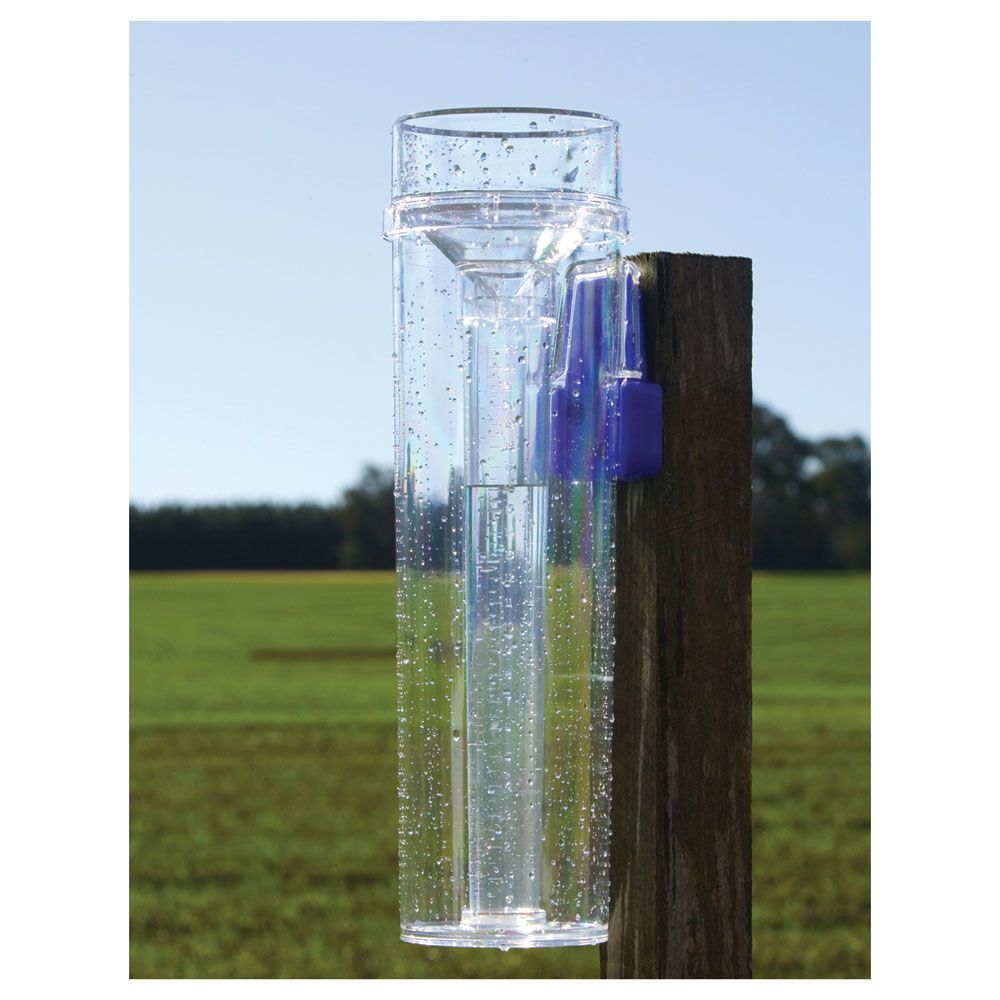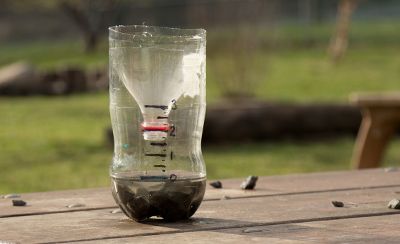How to Choose the Right Rain Gauge for Reliable Precipitation Tracking
Exploring the Development of Rainfall Determines: From Traditional to Smart Gadgets for Improved Accuracy in Rain Measurement
The dimension of rains has actually been a basic facet of meteorology for centuries, shaping our understanding of climate patterns and climate fads - rain gauge. From the very early manual rain assesses to the more recent introduction of smart devices, the evolution of rain dimension devices has been a journey marked by advancement and accuracy. By tracing the improvements in rain gauge innovation from conventional designs to the advanced smart devices of today, we can obtain beneficial understandings into exactly how these developments have changed the means we gather and evaluate rainfall information
Very Early Handbook Rain Determines
Throughout antiquity, simple vessels were used to measure rains manually, marking the very early origins of rain determines. These very early rain determines were basic containers put in open areas to accumulate rainwater. The collected water was after that manually measured making use of markings on the container to figure out the amount of rains that had occurred within a specific duration.
Although these hands-on rainfall evaluates worked in supplying a basic understanding of rains patterns, they were limited in precision and precision. Aspects such as dissipation, spillage, and wind could impact the dimensions, leading to prospective errors in the recorded data.

Regardless of their limitations, early manual rain evaluates played a vital duty in the growth of extra sophisticated rain measurement devices. The concept of collecting and measuring rainfall laid the foundation for the creation of more advanced rain evaluates that utilized scientific principles to offer more trustworthy and exact information. This development eventually resulted in the advancement of modern rain gauges efficient in recording exact dimensions in different environmental conditions.
Development of Mechanical Rainfall Scales
The development from early hands-on rainfall assesses to more sophisticated mechanical rain dimension tools marked a substantial leap in the development of rainfall gauge modern technology. Mechanical rain determines, also recognized as tipping bucket rain determines, operate on a simple yet efficient principle.
Mechanical rain determines are normally made of long lasting products like stainless steel or plastic, making certain longevity and integrity even in extreme climate condition. With innovations in technology, contemporary mechanical rainfall determines can also be geared up with digital sensing units to send real-time data wirelessly to data collection systems. This mix of mechanical effectiveness and digital connection has made mechanical rainfall determines a preferred selection for meteorological terminals, study establishments, and farming applications where precise rainfall dimensions are vital for decision-making procedures.
Intro of Digital Rainfall Scales

Digital rain gauges deal considerable advantages over standard mechanical evaluates, consisting of higher precision, the capability to gauge smaller increments of rainfall, and reduced upkeep requirements. By leveraging digital components like tipping containers or acoustic sensing units, these devices can supply detailed details on rainfall strength, duration, and distribution patterns with boosted reliability.
Additionally, the assimilation of electronic rainfall evaluates into weather condition tracking networks allows the collection of large volumes of information for analysis and forecasting objectives. This information can be made use of to enhance anticipating models, boost early warning systems for extreme weather events, and assistance environment study initiatives. In general, the intro of digital rainfall gauges represents a crucial development in the field of meteorology, promoting more detailed and click for source specific rains dimension capacities.
Transition to Wireless Rain Gauges
Advancing beyond conventional techniques, meteorological instrumentation has gradually moved towards wireless rain evaluates for improved data collection and transmission. These ingenious gadgets use wireless innovation to transfer real-time rainfall data to centralized systems, supplying meteorologists and scientists prompt accessibility to trustworthy and exact info. The shift to wireless rain gauges removes the demand for hand-operated information collection, minimizing human mistake and improving efficiency in keeping track of precipitation patterns.
Wireless rainfall determines are furnished with sensing units that can find even the slightest quantity of rains, offering precise dimensions for much better analysis and projecting. The seamless integration of these determines right into existing weather monitoring networks permits extensive information collection throughout various geographical areas, allowing a more detailed understanding of rainfall circulation and strength.
Moreover, the cordless capability of these rainfall gauges allows remote monitoring in hard-to-reach or harmful areas, broadening the scope of rainfall dimension in difficult settings. With their capability to simplify data transmission and boost accuracy, cordless rain assesses represent a considerable innovation in meteorological modern technology, enhancing the precision and integrity of rainfall measurement for clinical study and operational continue reading this forecasting.
The Period of Smart Rain Evaluates
Becoming a pivotal development in atmospheric instrumentation, clever rain assesses incorporate cutting-edge innovation for improved information collection and analysis. These innovative gadgets are furnished with sensing units that can determine not only the quantity of rains yet also additional specifications such as strength, period, and also drop size circulation. By leveraging wireless connectivity, wise rainfall assesses can send real-time data to atmospheric stations, providing immediate accessibility to exact rains measurements.
Among the key attributes of smart rain gauges is their ability to autonomously adjust for environmental factors that may affect the accuracy of traditional rain determines, such as wind disturbance or dissipation. This self-correction device makes certain that the information accumulated is a lot more regular and trusted, bring about boosted projecting designs and better-informed decision-making in various sectors like agriculture, water source monitoring, and metropolitan planning. Moreover, the integration of expert system and maker knowing algorithms in clever rainfall assesses enables innovative information analysis, pattern acknowledgment, and projecting abilities, even more enhancing their energy in contemporary meteorology.
Conclusion

From the very early hand-operated rain evaluates to the much more recent introduction of smart devices, the evolution of rainfall dimension devices has been a journey marked by innovation and accuracy.The development from very early hands-on rain gauges to check this more innovative mechanical rainfall dimension gadgets marked a significant jump in the development of rain gauge modern technology. Mechanical rainfall assesses, also known as tipping bucket rainfall assesses, operate on a simple yet reliable concept.One of the essential features of clever rainfall evaluates is their ability to autonomously readjust for environmental factors that might impact the accuracy of typical rainfall evaluates, such as wind disturbance or dissipation.In conclusion, the advancement of rain gauges has actually progressed from very early hands-on devices to mechanical and digital models, eventually leading to the development of cordless and smart rainfall evaluates.